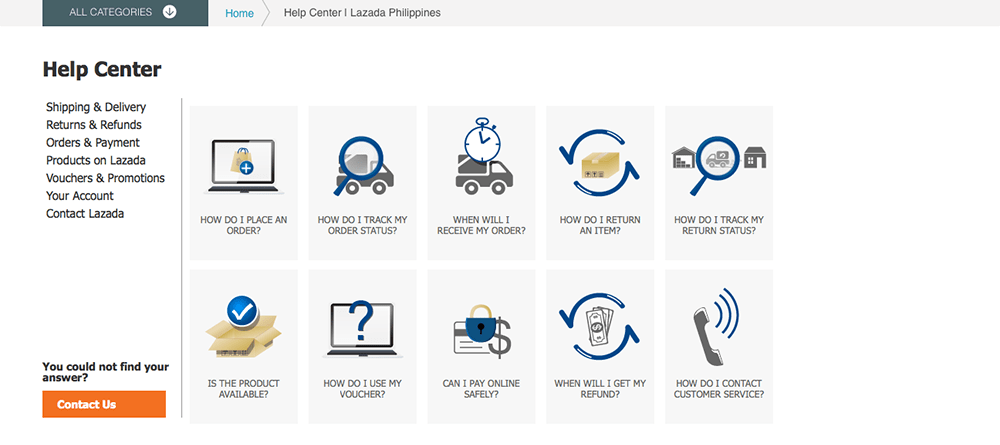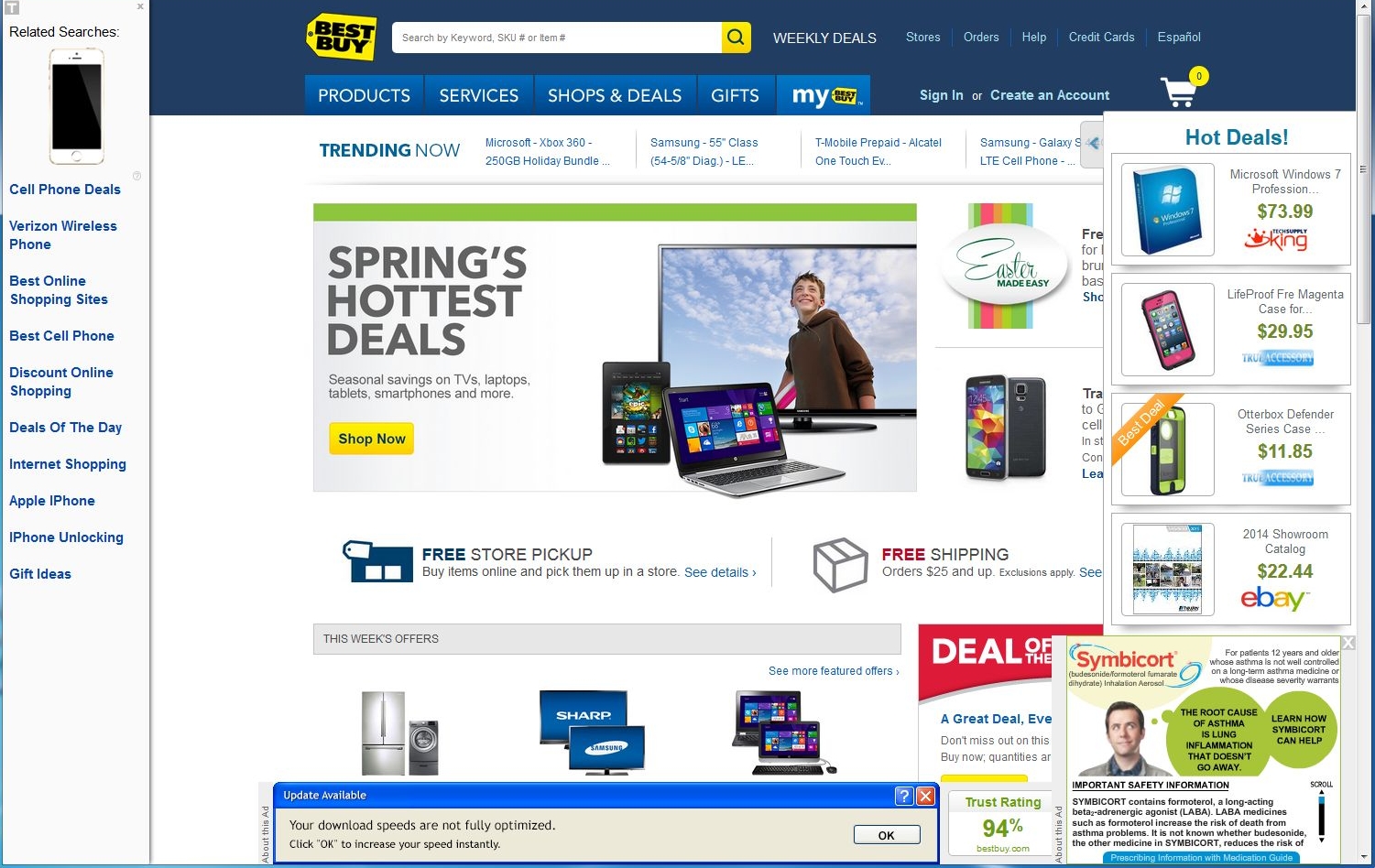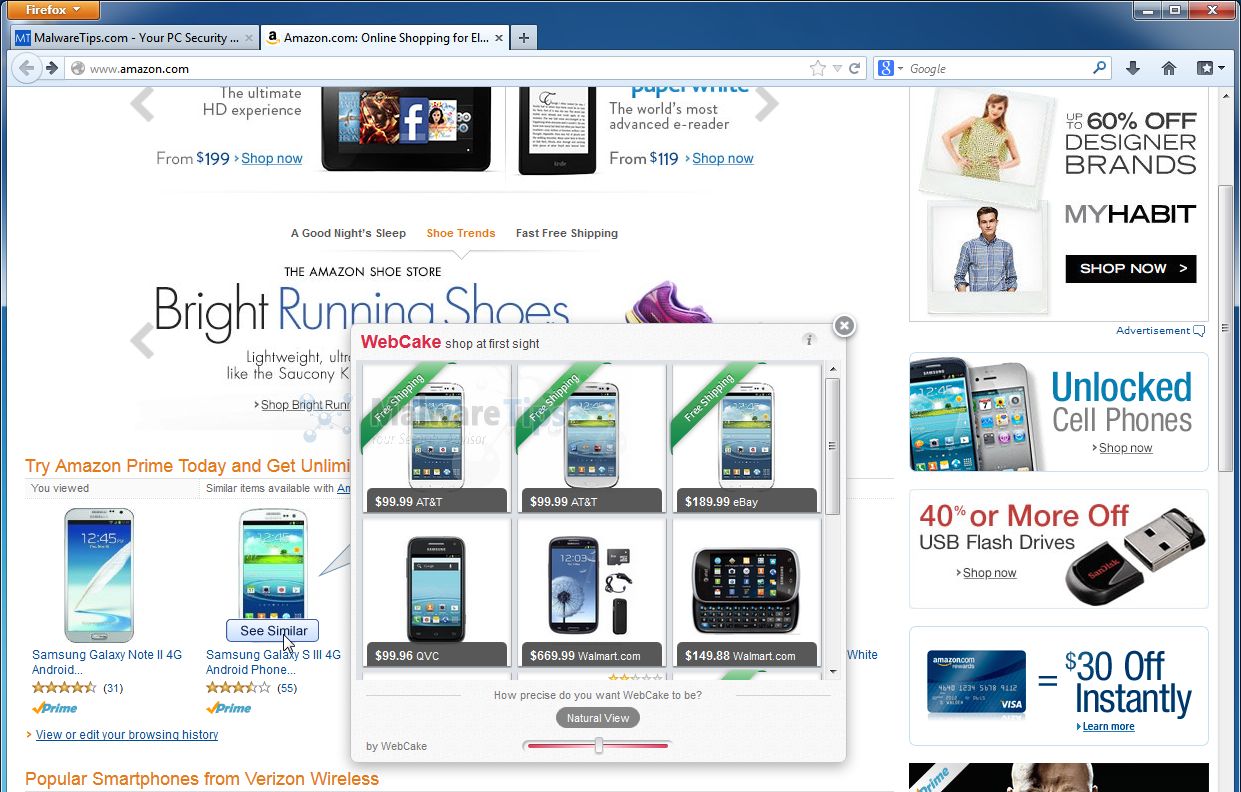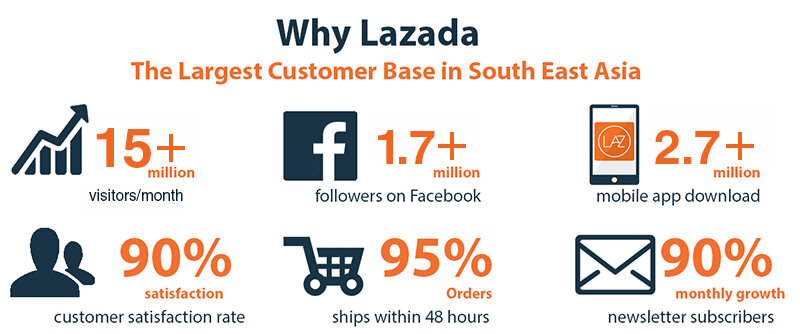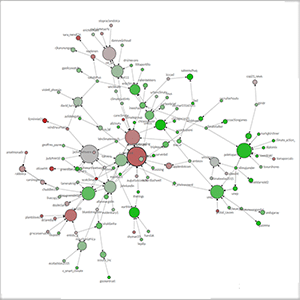- Effectiveness IT Metric - measure the impact IT has on business processes and activities including customer satisfaction, conversation rates, and sell-through increases.
- Efficiency IT Metric - measures the performance of the IT system itself including throughput, speed, system availability, information accuracy, web traffic and response time.
EFFECTIVENESS IT METRICS
- Usability
- Customer Satisfaction
Measured by such benchmarks as satisfaction surveys,
percentage of existing customers retained and increases in revenue dollars per
customer. LAZADA made the satisfaction of their customers as their priority in their business. For instant, on the upper side of the website they provided a customer care or customer center so that their customer can voice up their opinion. This shows that they really manage their customer well. They also provide an account for the user to use their website to know their existing customer.
- Conversation Rates
The number of customers in organization “touches” for the
first time and persuades to purchase its products and services. This is a
popular metric for evaluating the effectiveness of banner, pop-up and pop-under
ads on the Internet. Since LAZADA is the biggest e-commerce that is well-known in Malaysia, it can influence many customers from different target market to actually make a purchasing for an item or items.
EFFICIENCY IT METRICS
- Throughput
The amount of information that can travel through a system at any point. In this case, LAZADA website provide a lot of information regarding their product line ranging from fashion, consumer electronics to household goods, toy and sport equipment. LAZADA also segmented their section neatly for instant, men's section, women's section, home and living, electronics and sports and travels.
- Transaction Speed
The amount of time a system takes to perform a transaction. As we know, the more faster the transaction are done, the highest customer satisfaction it can get. For instant, when a users using LAZADA as a medium to make a transaction which involve online banking and card credit number, it can become slow as it involve high security to secure their customer's privacy as a password and account are needed.
- System Availability
- Information Accuracy
The extent to which a system generates the correct results
when executing the same transaction numerous times. LAZADA will show the same information no matter how many
times the user access the website. For example, the user wanted to add an item
to the cart in order to purchase them. The next day when the user access the
website again to complete the order, the information of the item such as the
price, warranty,the dealer and type of goods are still the same as nothing
changes.
- Web Traffic
Includes a host of benchmarks such as the number of page
views, the number of unique visitors, and the average time spent viewing a web
page.
- Response Time
The time it takes to respond to user interactions such as a
mouse click. For instant, when the users want to get information of any items in LAZADA website, they just have to click once to get all of the details of one item as it provided them in one page.


